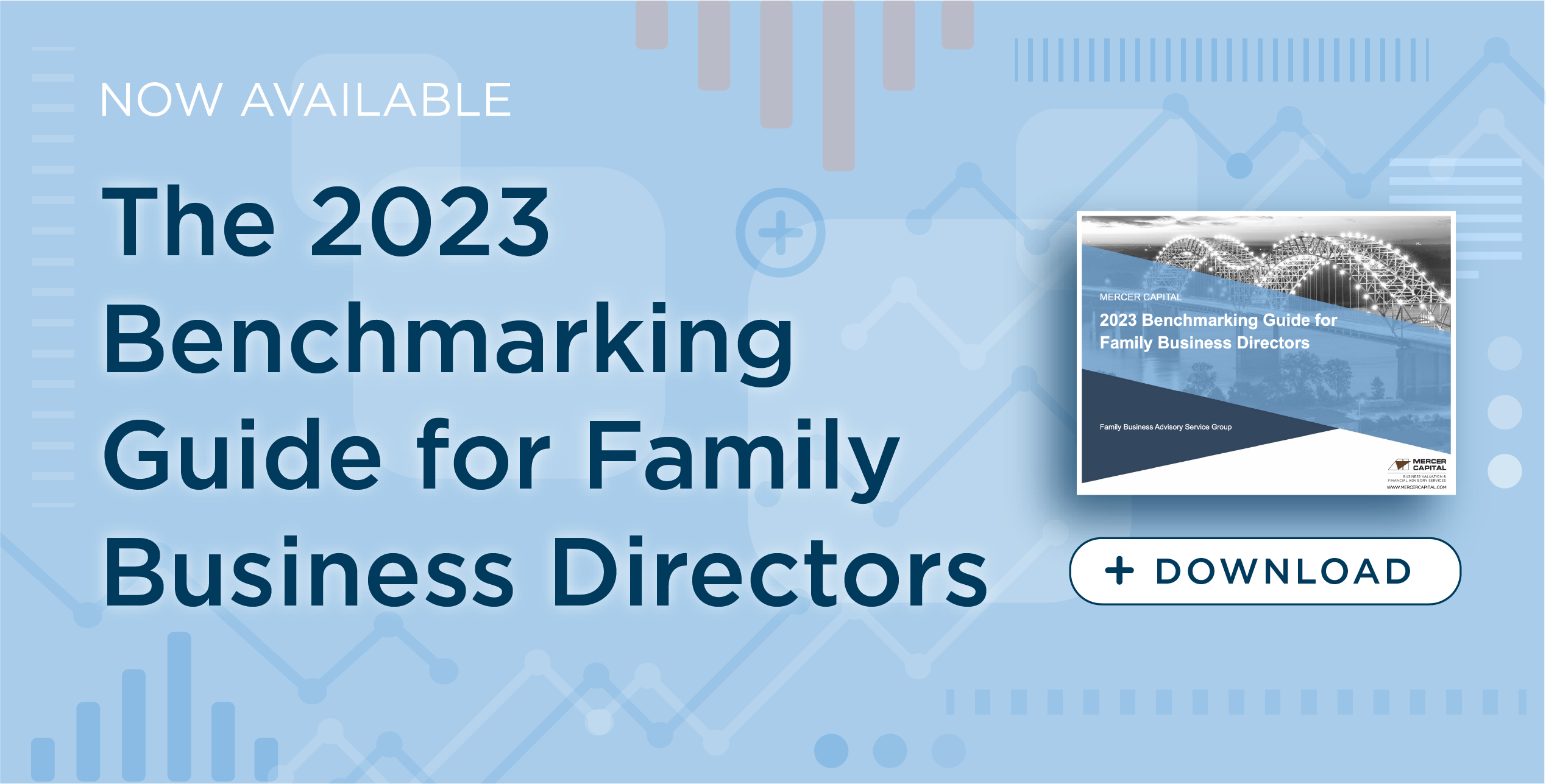Q&A: Five Questions with Ralph Jones
From time to time, Family Business Director will interview family business leaders or experienced advisors to get their perspective on important questions common to family businesses. In this installment, we talk with Ralph Jones, Executive Chairman of Jones Family of Companies. Ralph offers great insight that we know our readers will profit from.
Brief Overview
2020 starts our 84th year of manufacturing textile products and yes, textiles are still made in the United States. Our company began as a yarn spinner founded by two brothers (my grandfather and great uncle) who grew up around textiles. Their dad had been a journeyman specialist in weaving fabrics. The brothers began spinning yarns in 1936 made from recycled textile byproducts for use in string mops, and today we continue that tradition but with a long story of morphing and changing throughout our history. We continue to spin yarn domestically and source internationally, but have moved from a yarn centric company to one now led by production of nonwoven fabrics with manufacturing on both U.S. coasts. We continue to use recycled fibers from the textile and ginning sectors for much of our production as well as other globally sourced man-made fibers. Today we are led by a team of professional managers with our Executive Chairman (3G) being the sole family member involved day-to-day.
1. What roles in the family business have you fulfilled over your career?
I am the grandson of one of the founding brothers, and like many in a family business, I began my work while in high school working menial summer jobs in the manufacturing plants. I joined the firm immediately after graduating from college and over my 40-year career, I have led most every aspect of the business including sourcing, sales management, business development, export development, growth, rightsizing, downsizing, strategic planning, M&A, succession planning, and eventually serving as President, CEO, and now Executive Chairman. The one role I regret not having held was Plant Management. In manufacturing, this is where the rubber meets the road.
2. Does the family business still operate in its original industry, or has it pivoted/diversified into another? And what is the biggest challenge your family business has ever faced? Did being a family business make it easier or harder to meet the challenge?
We were fortunate to put together a string of years of significant growth in domestic yarn spinning until the Asian currency crisis of the late 1990s decimated the U.S. textile industry. This closed many U.S. textile companies and over one million domestic jobs were lost which made it difficult, if not impossible, to compete globally. This timeframe became the greatest challenge our company had faced in its history. Customers moved offshore or closed. Over the course of time, we closed 5 yarn spinning plants and attempted to develop a greenfield facility in India. We eventually learned that the distance to India was too great to manage, and we then developed strategic partnerships to source yarn products in order to maintain our competitiveness. In the late 1980s we had acquired a small nonwovens facility and found that we could compete globally due to the low labor cost component and high freight cost barrier for our type nonwovens. As our core yarn business shrank, we pivoted to nonwovens and added another acquisition, repurposed a yarn plant, added a West Coast facility and began growing this sector successfully in the 2000s. Nonwovens manufacturing has now become our core business sector while continuing to operate a much smaller yarn spinning operation. This transition was both a challenge and a blessing.
3. How often does your family business communicate to family shareholders and in what form? How have your communication practices evolved over the years?
Our family business ownership is now made up of 1-2G, 3-3G, and 16-4G owners and scattered across the country. Quarterly, I provide a state of the company communication to family shareholders, and we hold an annual Family Assembly. The state of the company provides a general update on operations and business conditions. It has grown in the amount of detail provided as the 4G family owners have matured and now that a 5th generation is among us. We focus our Family Assembly on business education, business updates, and family fun. We recently executed a legal reorganization and restructuring which will help the entire family better understand their ownership interests and, with intentional education, become more adept at being engaged family owners. Included in our restructuring, we set aside 5% of our ownership for use as a long-term incentive for key managers. Our current focus is on shareholder education and engagement.
4. Does your family business have any independent (non-family) directors? If so, when did you first add an independent director? What are the challenges/benefits of having independent directors?
In the early 2000s, as we were morphing into another type of company and our remaining 2G family member was retiring, we engaged two outside professional advisors for an advisory board. They were not friends of the family but truly two individuals with strong business acumen that had run large family and non-family businesses. They served our purpose for 15 years, but it soon became apparent that we were approaching another crossroad.
As the lone 3G family member involved in the business, I began a conscious journey of succession planning. This journey led me to the place of determining that I could serve the best interest of the company and family by stepping aside but not down. My succession plan has led to the hiring of a professional CEO and instituting a full fiduciary board made up of 3 independent outside directors, our CEO, 2-4G family shareholders, and myself. This gives us 4 non-family directors and 3 family directors. My wife also sits in on board meetings as an observer.
Before family members can serve on the board, they must commit to furthering their family business education at a highly acclaimed short course. In this initial case, our 2-4G members, my wife, and I spent a week at Harvard’s Families in Business program. Of our three independent directors, two have family business experience and one has industry experience while each of them currently serve on either family business boards or public boards. They are engaged and committed to seeing us succeed and are fully committed to our Judeo/Christian value system.
I think we outkicked our coverage on these board members! These last two years have brought us a professional non-family CEO and a majority non-family board that have certainly pushed management to adjust and learn to accept change. Through it all, we have communicated to our associates and our family that our culture is becoming much more accountability-based but our values are sacrosanct! They are all rising to the occasion!
5. What is your best advice for other family business leaders?
I have a few comments here: start your succession planning sooner rather than later (I wish I had), don’t fear the use of independent directors and/or professional managers but make sure your value systems are aligned and they bring the giftedness you need (we did and I wish I had done it sooner), educate your next-generation family board members on expectations of board membership (you can’t prepare them enough), and have your children work outside the business before joining it (I wish I had and now mine are)!
 Family Business Director
Family Business Director 











